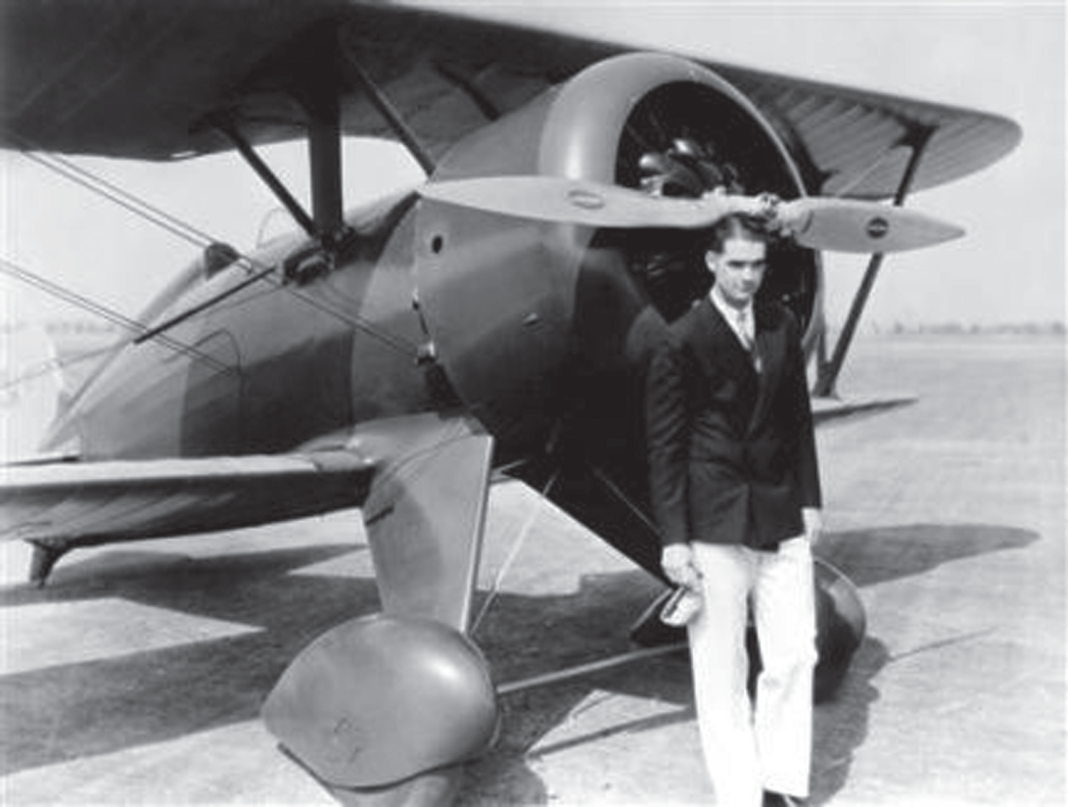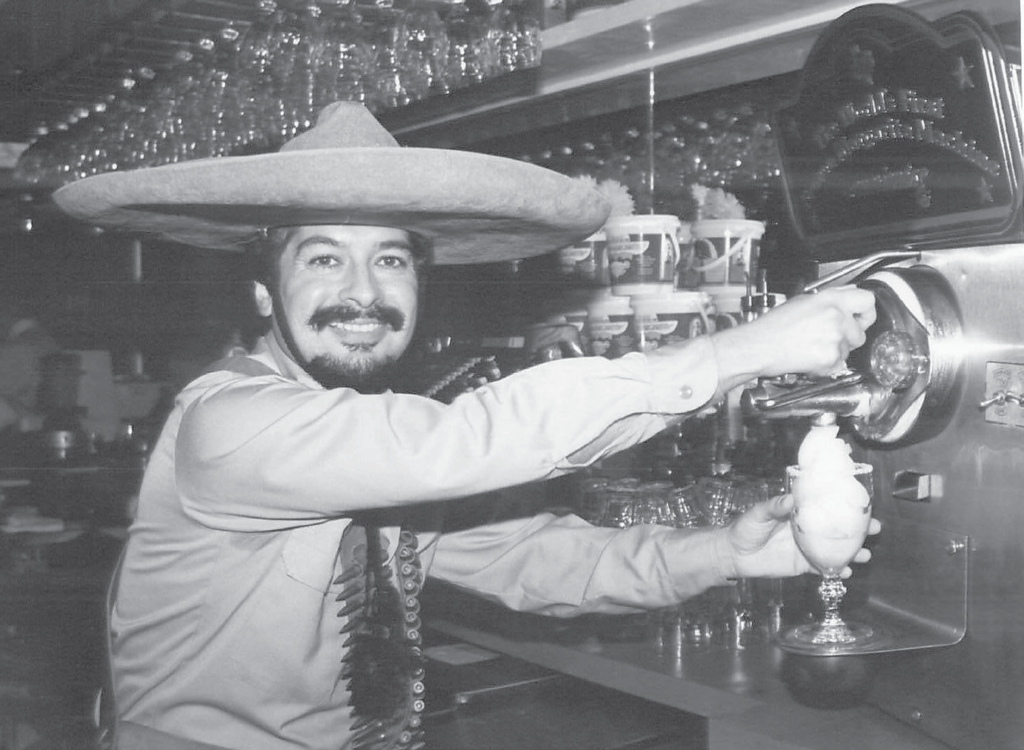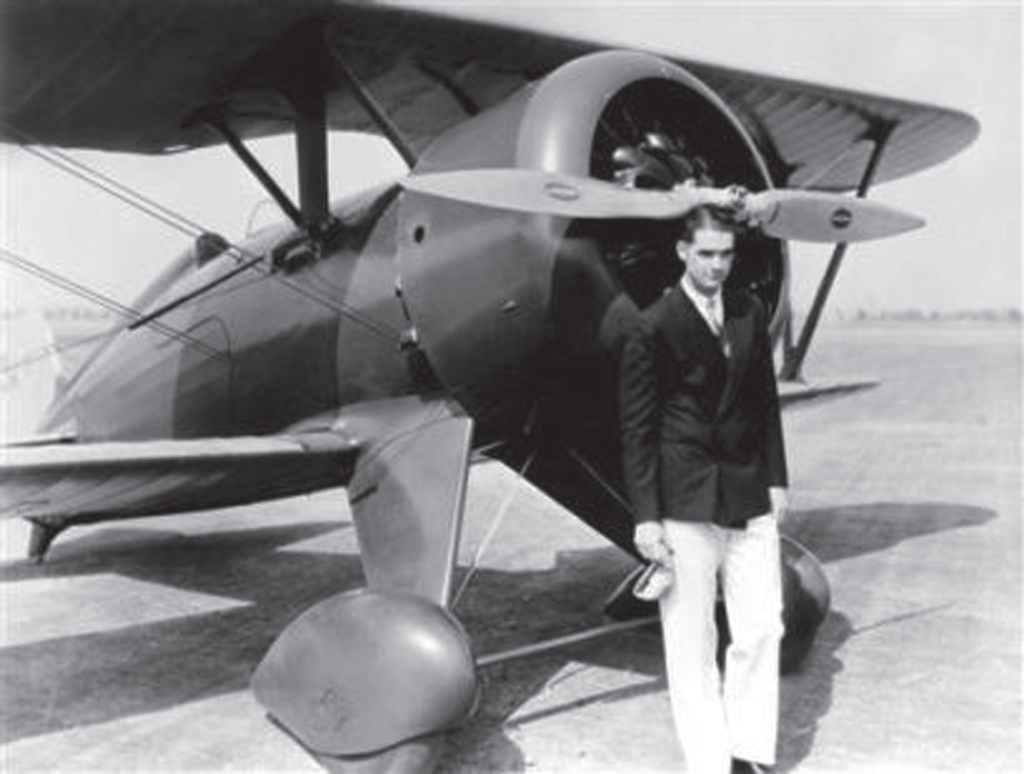
When you think of Texans, what comes to mind? Cowboy? Oil tycoon? Astronaut? Philanthropist? Sure, Texas history is filled with these outsized characters, but other iconic Texans are the innovators, the tinkerers, the mad scientists, and the lucky son-of-a-guns who struck gold by accident. They all lived in the Lone Star State.
I tried and failed, I tried again and again and succeeded.
GAIL BORDEN JR.’S GRAVESITE INSCRIPTION.

Gail Borden Jr. — Bored Polymath?
Newlyweds Gail Borden Jr. and Penelope Borden arrived in Texas in 1829 to join his brother and father in the dusty town of San Felipe (Texas was still a part of Mexico). Borden helped launch a newspaper the Telegraph and Texas Register, and printed the original Texas Declaration of Independence. He was constantly busy in the new republic with such varied gigs as Galveston customs collector, surveyor of Galveston and Houston, and trustee of the Texas Baptist Education Society. But it was Borden’s inventions that set his apart from his peers. One of his first efforts was a horse-drawn wagon that doubled as a boat, dubbed the “terraqueous vehicle.” His dehydrated meat and mixed flour “meat biscuit” never took off. Borden found his golden goose when he developed a way to evaporate 60 percent of the water from milk, and the resulting milk didn’t go bad (in an era before refrigeration). His “condensed milk” was a hit with the U.S. Army, but when he added sugar and put the milk in a vacuum-sealed can, the beverage would last years. Today, his“Eagle Brand” is recognized in every modern grocery store around the world!

King of Ragtime
As a child, native Texan Scott Joplin took piano lessons from German immigrant Julius Weiss. As a teen, the future music innovator played gigs in honky-tonks in East Texas, and excelled at performing the popular music style called Rag. Joplin exalted the style, his lively toe-tapping syncopated rhythms took on an upbeat sound that proved easy to listen to and easy to love. His 1899’s “Maple Leaf Rag,” displayed Joplin’s masterful touch which brought a unique type of sophistication and esteem to the genre, and became the most popular Ragtime piece ever published. Today, Rag widely considered a parent of Jazz. Joplin’s compositions define the era and capture the spirit of the early 20th century America.
White Gold in a Tiny Bottle
Dallas-born secretary Bette Nesmith wasn’t the greatest typist in the world, and in 1950s Texas, mistakes were hard to erase. Bette had a crazy idea. She worked up a concoction in her kitchen — a tempera water-based paint that matched the office stationery. She sold her new “Mistake Out” to more and more secretaries and to local business supply stores, renaming the product Liquid Paper. In 1975, Bette earned a patent for Liquid Paper, and that same year, she started operations out of a thirty-five-thousand-square-foot Dallas building that produced five hundred bottles a minute. Over twenty-five million bottles of Liquid Paper were produced the next year, and in 1979, she sold Liquid Paper to Gillette for $47.5 million. Not too shabby for a little bottle of white paint.

Margarita Anyone?
Of course the frozen margarita machine was invented in Texas! In 1971, Dallas restaurateur Mariano Martinez of Mariano’s Hacienda Restaurant ditched his blender, and modified a soft-serve ice cream machine to churn out a frozen version of the classic cocktail. Tex-Mex cuisine was taking off, and the new improved Margarita was a hit. The frozen treat remains a cornerstone of Tex-Mex, and is now a Texas and American icon.

Houston’s Misfit Tinkerer
Howard Hughes, Jr. may have inherited his father’s oilfield equipment empire, but the genius kid from Houston made his mark on the world all by himself. While known today as an eccentric hermit, in the 1920s Hughes moved to Hollywood to try his hand movie-making. The mechanical genius also set his sights on aviation, working obsessively to improve airplane design and performance. In 1938, Hughes set a record for flying around the world in three days, nineteen hours and seventeen minutes. Hughes received a hero’s welcome when he returned to Houston. After a hearty reception at the Houston airport, which the mayor hastily (and illegally) named in Hughes’s honor, the aviator was greeted to a Downtown parade and banquet.
I’m not a paranoid deranged millionaire. I’m a damned billionaire.
HOWARD HUGHES, JR.


